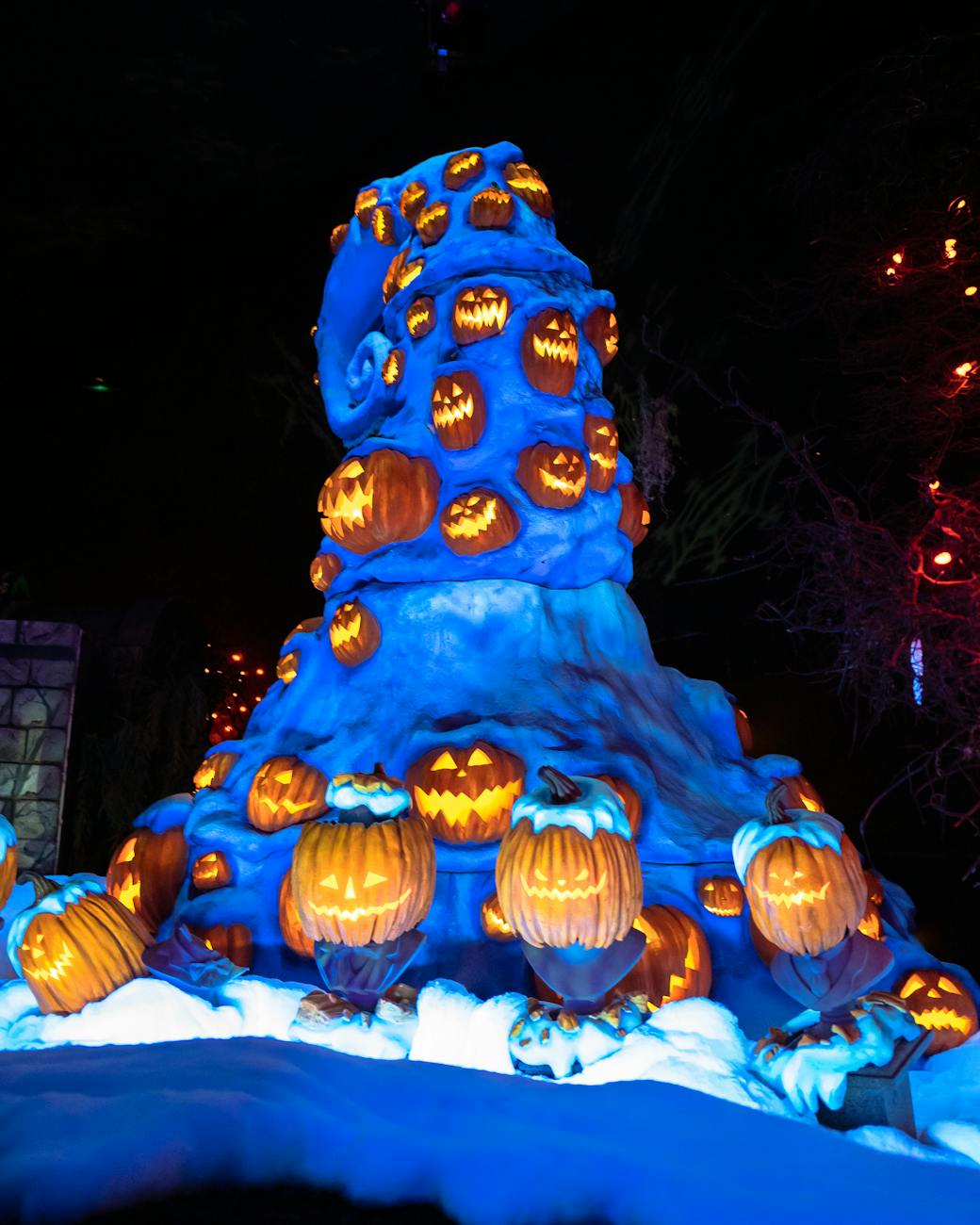Earth can be a scary, scary place. There are earthquakes, tornadoes, tsunamis, blizzards and avalanches, heat waves, and animals deadly enough to rip you in half or poison you a million times over. These events have undoubtedly shaped our existence from the time people still had tails and well into the future. The Earth has such an impact on our lives that we construct giant effigies to it, dream up gods that control it, and even make movies about it.
The scariest movies to me are ones based on fact. Serial killers and stories “inspired by true events” have a special place in my book because those things really happened and people suffered for it. But movies about the power of nature are even more disturbing because they involve forces we cannot control, only mitigate.
Think about some of the most famous movies in horror cinema. Friday the 13th (1980). The Wolf Man (1941). Krampus (2015). Jaws (1975). All of these, whether obvious or not, stem from the natural realm, be it the environment or nature. These natural forces are something people often take for granted and forget about during their normal routines, but they do matter. And not heeding their warnings can lead to catastrophic consequences.
Let’s start from the beginning. Nightmares in Red, White, and Blue: The Evolution of the American Horror Film (2009) examines horror cinema through the years, each decade highlighting a concept that most of those movies can be wrapped into (mostly societal issues like immigration or war). There’s a similar concept spanning longer periods of time regarding natural events. I see three periods of natural horror phenomena, outlined here:
- Early period: natural events are on a smaller scale (planet-wise), affecting a small group of people for a short period of time.
- Middle period: natural events are very specific but have the ability to affect a larger group of people. Culprits are often animals.
- Late period: natural events are planet-wide and affect the most number of people. There is an underlying premise planetary destruction, often by the hands of humankind.
Note: there are, of course, exceptions to these rules. This is just a general categorization.
Early period films such as The Wolf Man (1941), Frankenstein (1931), and The Old Dark House (1932) are generally weather- and atmosphere-related. Just as Nosferatu (1922) gave us imagery of vampires being affected by the rising sun, The Wolf Man showed us the affect a full moon can have on a person bitten (and not killed) by a werewolf. Depending on what mythology you follow, lycanthropes tend to turn when a full moon is in sight, an occurrence humans have been able to predict and track for thousands of years. Not only is it a literal science to follow astronomical patterns, it becomes a science to predict Lon Chaney Jr.’s transformations as well!
Both Frankenstein and The Old Dark House have thunderstorms to blame for their troubles. On one hand, a bout of lightning creates life in Frankenstein, while a torrential downpour threatens life for guests trapped in The Old Dark House. A simple combination of water, pressure, and temperature has the ability to create fear both on and off-screen. While citizens of a small German village are being terrorized by a monster brought to life by electricity, we at home worry about losing that same spark, or even being struck by it.
Middle period films differ from earlier films as scares get more specified toward a particular event or being. Godzilla (1954), and Jaws (1975) prominently feature animals (if you can consider Godzilla an animal) wreaking havoc on a community. And though you can make an argument that sequels allowed these animals to cross greater territory, they are still one animal in a city or community. It isn’t a flock of King Kongs, it’s just one.
And while Friday the 13th doesn’t feature a killer animal, it does spotlight a killer with animal instincts… all brought on by a storm in a very specific place. Like the campfire tales we were told as children, many of the Friday the 13th films start with a dark and stormy night. Camp Crystal Lake, and sometimes the surrounding town, almost always has a sort of “warning system” by way of summertime storms to indicate Jason’s arrival. He was even brought back Frankenstein-style in Part VI!
Finally we have Late period films, the ones we see today. These movies are as big of blockbusters in catastrophic events as they are blockbusters in the box office. These movies put the entire planet in peril. Krampus (2015), SuperVolcano (2005), Crawl (2019), 2012 (2009) and The Day After Tomorrow (2004) brought audiences to the brink of extinction with blizzards, earthquakes, tidal waves, and pretty much the entire planet exploding. Yes, there are people who survive in the end, but any of these events happening in real life (which by the way, are totally possible) would change the planet for millennia. Nothing would be the same ever again, and there’s almost no way to go back to the world we once knew. Without getting too political, humans can most certainly take some of the blame — maybe not for the Yellowstone Caldera blowing up, but for the ever-increasing frequency and power of storms and other meteorological phenomena. It’s a common theme in these films for scientists to warn others in power of the impending doom, only to not be listened to.
In the age of “zombie vs infected,” it’s nice to see a pretty accurate account of a pandemic decimating populations in a matter of weeks. Contagion (2011) is one such film. While the disease in the film is not real, it is based on a real-life virus (Nipah virus), following routes from infected animal to human via food handling and preparation as it spreads across the globe. Contagion gives a fascinating and frightening portrayal of society as it would happen if a major pandemic occurred today. There would be chaos in the streets as people robbed and killed to be saved. The scariest part is that we’ve all experienced something like this before; the Swine Flu and Ebola outbreaks demonstrated the utter callousness of people in unaffected areas towards those not so lucky, and the lengths doctors and scientists went to in order to stop the spread while saving lives.
Nature surrounds us, always. It helps us by providing the materials we need, shelter, the food we eat, and the beautiful weather we’ve come to know and love. But nature and the things that live in it are terrifying. It’s as if the planet it actively trying to kill us. But as a species, humans are incredibly resilient. The more we survive, the more we’re able to learn (and make movies) from it. Earth is a deadly planet… and an incredibly entertaining one too.














